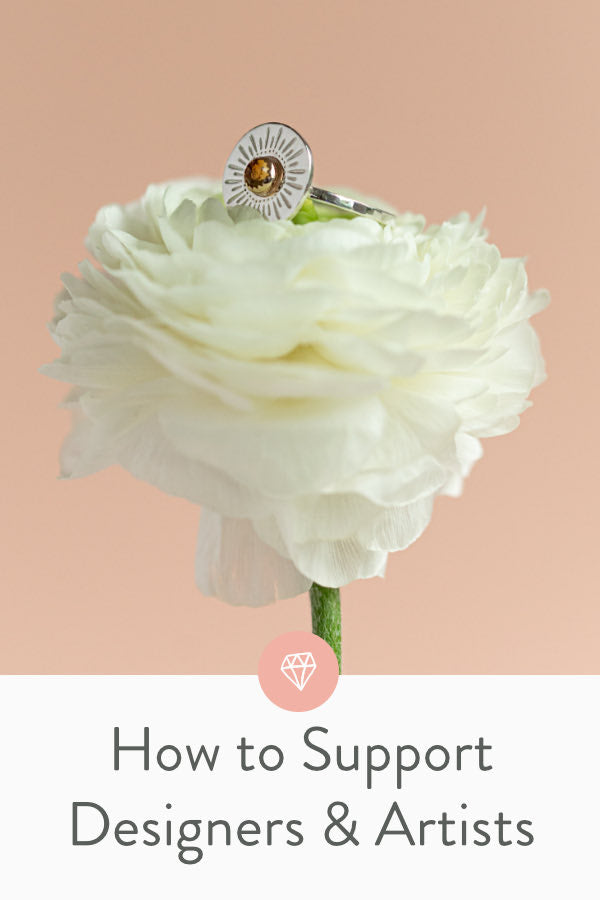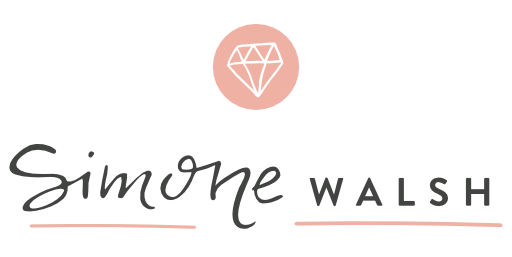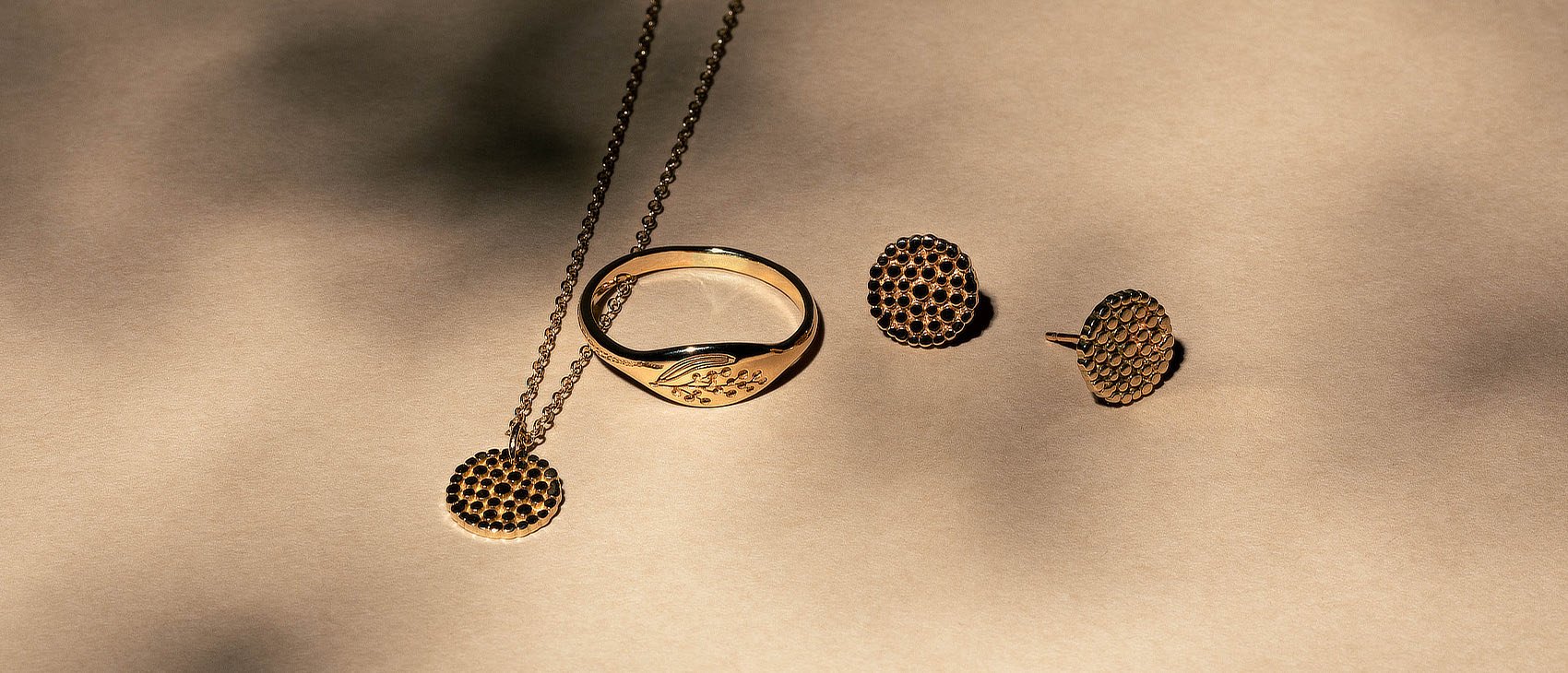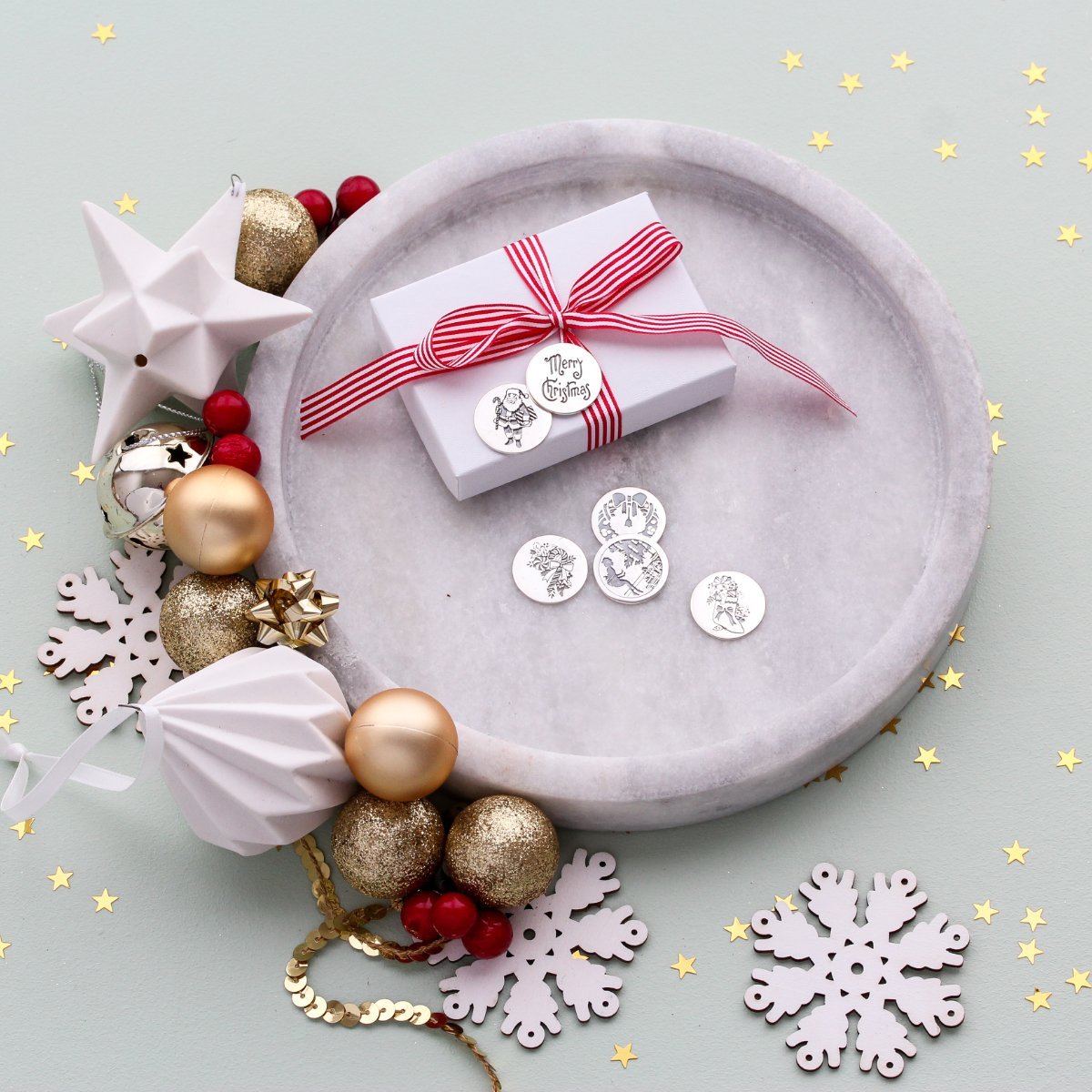 A few years ago, I read an article in an Australian magazine praising handmade jewellery. It was positive in tone, but one thing stuck with me: it referred to a pair of Australian handmade earrings priced at $19 as a 'decadent' purchase ... That word lodged in my mind.
A few years ago, I read an article in an Australian magazine praising handmade jewellery. It was positive in tone, but one thing stuck with me: it referred to a pair of Australian handmade earrings priced at $19 as a 'decadent' purchase ... That word lodged in my mind.
It made me reflect on just how many people - customers and even some new designers - really don't fully understand what it takes to sustainably run a handmade or small design business. That's especially the case in a world where mass-produced products dominate, and where terms like 'artisan' or 'handcrafted' are thrown around by big brands with very little meaning.
So I decided to write this piece to explore what it really means to support independent designers and micro businesses - and why we must stop celebrating cheapness if we want these creative businesses to survive.
Is $19 Really Decadent?
To sense-check my reaction to that article, I did a rough back-of-the-envelope calculation a few years ago using the example of those $19 earrings. Even though the numbers are now out of date, the logic still holds.
I factored in modest material costs, basic business overheads, and a margin to allow for wholesale pricing. Then I added in the average Australian income - because independent designers, like anyone else, deserve to make a living.
The result? A designer would need to sell between 100 to 200 pairs of those earrings every single week just to break even and take home an average wage. That's something like 5,000 to 10,000 units a year.
For a solo maker or micro business that genuinely handcrafts their own designs, that's an impossible sales volume without outsourcing or dramatically scaling up. And all of that comes before marketing, packing, admin, managing a website, doing markets - let alone having a life.
I've been running a full time independent Australian jewellery business for many years, and those numbers made me shudder as I imagined trying to produce, sell and ship all those pieces.
Other Jewellery Articles
What's the Solution?
The most obvious answer is to raise prices to a sustainable level and sell fewer, more fairly priced items. Another option might be outsourcing some production - something many successful designers (including me) do in part. Outsourcing can be ethical, practical, and help keep small businesses sustainable, but it does shift a business away from being completely handmade.
What it doesn't do is make it possible to compete with large-scale, mass-produced, fast fashion pieces that dominate the market. Expecting local, handmade designs to be priced like imported factory items simply isn't realistic - or remotely fair.
For a new designer or maker who is just getting started, it's so important to understand how to price your work appropriately - and to make work that suits what you need to charge to succeed. If you don't, not only will your business fail, but you'll be dragging other small businesses down as you sell products for unsustainably low prices: you are not only hurting yourself, but other people just like you.
Check out my in-depth guide: Professional Pricing for Crafters and Independent Designers to help figure it all out.
Why This Still Matters
When we talk about shopping small, local or handmade, it's not just about buying a nice product. It's about celebrating real people with real skills, creative ideas and strong values - and allowing them to keep doing what they do well.
If designers can't make a living from their work, they won't be able to keep going. The businesses you love will disappear, and the creative diversity they bring to your community and culture will vanish too.
If you admire and support artisan-made products, then the most meaningful way to help is to pay a price that reflects the reality of that work - not one that suits mass-market expectations.
Support Small, Celebrate Value
Buying from small businesses and independent designers is a choice to value originality, creativity, and sustainability. These makers are not just creating products - they're building thoughtful, values-driven alternatives to mass consumerism. And they're often doing it from their kitchen tables, garden studios or shared workshops.
Let's stop praising the cheapest option. Let's stop expecting handmade to mean cheap. And let's start acknowledging the true worth of the people who make the things we love.
Cheapness kills creativity. Choose better.
Want to support a genuinely small jewellery business? Be sure to check out our Australian handmade jewellery range. Also see our handy guide to Shopping Small, Local & Handmade Jewellery.
A version of this article was published in Jeweller's Trade magazine, August 2012 (now Jewellery World).


 Simone Walsh is a
Simone Walsh is a 
